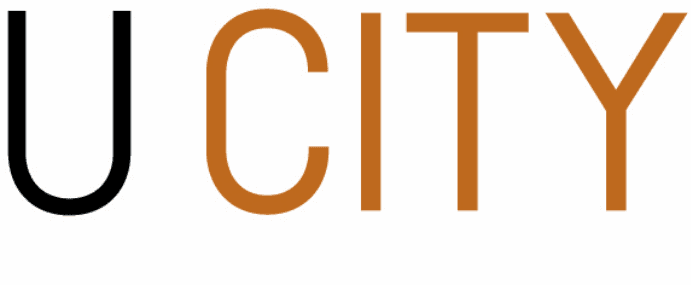The Australian Prime Minister has today tabled the Federal Government’s eighth Closing the Gap report, which outlines how the Government is tracking with reducing levels of disadvantage experienced by Aboriginal and Torres Strait Islander peoples in Australia.
This year’s report again shows that Aboriginal communities are not experiencing an improvement in most target areas. Only two of the seven areas are on track, namely halving the child mortality gap by 2018, and halving the gap in Year 12 attainment by 2020. The government has not met its own targets in mortality rates, early childhood education, reading and numeracy, school attendance and employment.
Sue Tilley of Uniting Communities says that, ‘The education data indicates that there has been very limited change in the attendance rates for Aboriginal students during 2015, even though significant resources have been directed to the Remote Schools Attendance Strategy. However, the target to halve the gap in Year 12 attainment by 2020 is on track and it’s encouraging to see that more students are completing high school and also enrolling in tertiary education.
‘Two areas of particular concern are that the gap in life expectancy which is still ten years, and the fact that we are not on track in halving the gap in unemployment. These are shameful indicators for a country that is so well-resourced and it points to the core of inequality and racism that runs through our society.
‘There are other socio-economic indicators that don’t even feature in the scope of the Closing the Gap targets, such as the incarceration rates of Aboriginal and Torres Strait Islander people – Aboriginal people represent only 3% of the total population, yet they make up more than 28% of Australia’s prison population. Factors such as this emphasize the levels of disadvantage and inequality in Australia and directly affect the health and wellbeing of Aboriginal communities and families.’
Sue Tilley went on to say that ‘Given the dramatic cuts to Federal funding for Aboriginal programs and services, particularly during 2015, it is not surprising that most of the targets are not on track.
‘Having conducted the Closing the Gap strategy and reporting on it for eight years, it seems evident that the approach adopted to reducing disadvantage and inequality is not being effective and that another approach needs to be considered – one that avoids a top-down approach and is inclusive, involving genuine engagement with Aboriginal leaders and communities in order to shape the direction and needs that communities want to address.’






